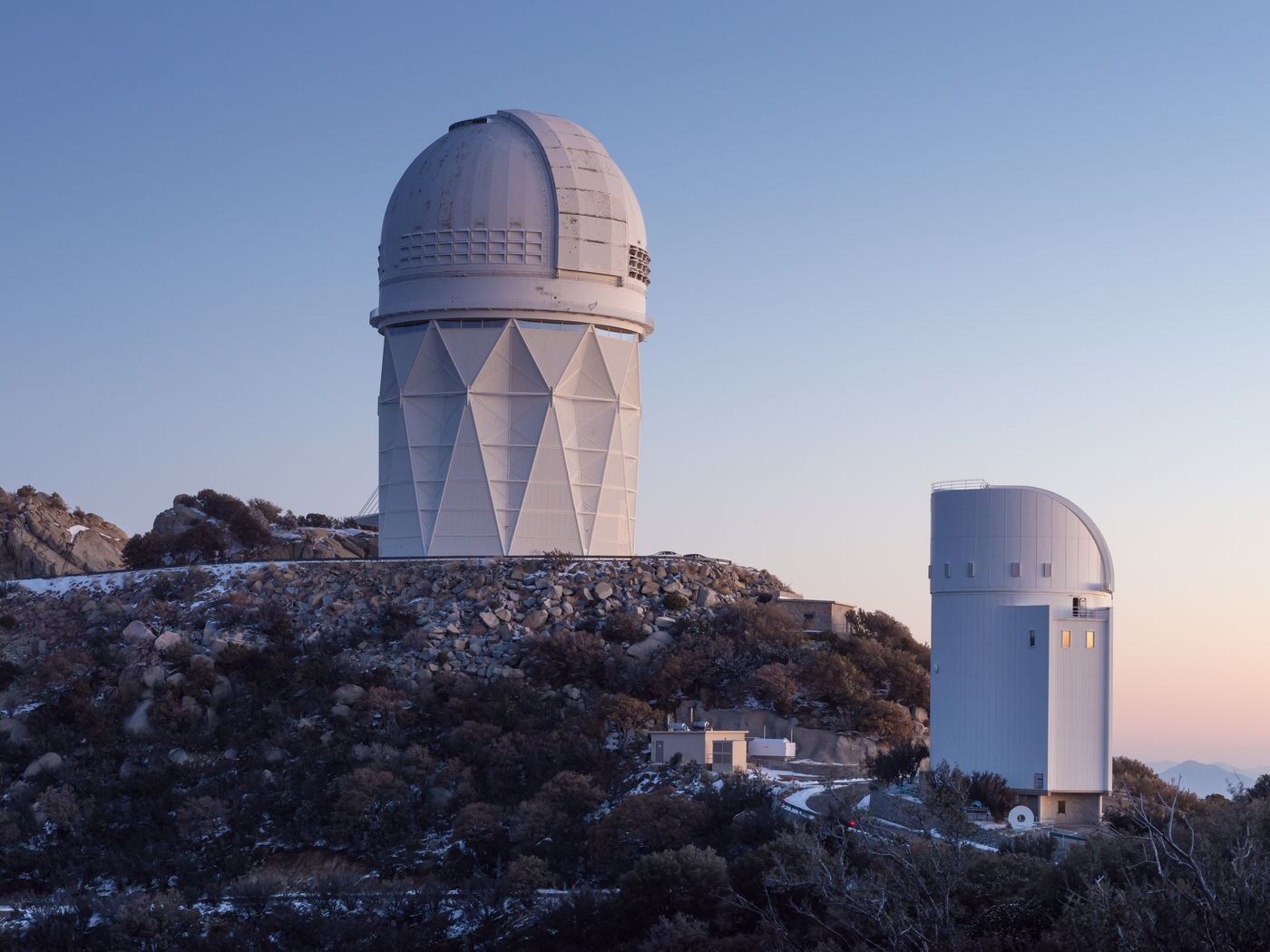
Space observatories have revolutionized our understanding of the universe. These incredible instruments orbit Earth or sit on distant planets, capturing images and data that ground-based telescopes can't. Ever wondered how we know so much about black holes, distant galaxies, or the birth of stars? It's all thanks to these technological marvels. From the famous Hubble Space Telescope to the newer James Webb Space Telescope, each has its unique capabilities and missions. Space observatories help scientists answer fundamental questions about the cosmos. Ready to learn some mind-blowing facts about these celestial watchers? Buckle up, because the universe is about to get a lot more interesting!
What Are Space Observatories?
Space observatories are telescopes or instruments located in outer space to observe distant planets, galaxies, and other astronomical phenomena. They provide a clearer view of the universe by avoiding the Earth's atmosphere, which can distort and block light.
-
Hubble Space Telescope: Launched in 1990, the Hubble Space Telescope has provided some of the most detailed images of space. It orbits Earth at about 547 kilometers above sea level.
-
James Webb Space Telescope: Scheduled for launch in 2021, this telescope will be the largest and most powerful ever sent into space. It aims to study the formation of stars and galaxies.
Why Are Space Observatories Important?
Space observatories have revolutionized our understanding of the universe. They allow scientists to gather data that would be impossible to collect from Earth.
-
Clearer Images: Space observatories avoid atmospheric distortion, providing clearer and more detailed images.
-
Wider Spectrum: They can observe a broader range of wavelengths, including ultraviolet and infrared, which are absorbed by Earth's atmosphere.
Famous Space Observatories
Several space observatories have made significant contributions to astronomy. Here are some of the most famous ones.
-
Chandra X-ray Observatory: Launched in 1999, it observes X-rays from high-energy regions of the universe, such as the remnants of exploded stars.
-
Spitzer Space Telescope: This infrared telescope, launched in 2003, has helped discover new planets and study the formation of stars.
How Do Space Observatories Work?
Space observatories use advanced technology to capture and transmit data back to Earth. They are equipped with various instruments to study different aspects of the universe.
-
Solar Panels: Most space observatories are powered by solar panels, which convert sunlight into electricity.
-
Data Transmission: They use radio waves to send data back to Earth, where it is analyzed by scientists.
Challenges Faced by Space Observatories
Operating in space presents unique challenges. Engineers and scientists must overcome these to ensure the success of space observatories.
-
Radiation: Space observatories are exposed to high levels of cosmic radiation, which can damage their instruments.
-
Temperature Extremes: They must withstand extreme temperatures, from the freezing cold of space to the intense heat when facing the sun.
Future of Space Observatories
The future of space observatories looks promising, with new technologies and missions on the horizon.
-
LUVOIR: The Large Ultraviolet Optical Infrared Surveyor is a proposed space telescope that aims to study exoplanets and the early universe.
-
WFIRST: The Wide Field Infrared Survey Telescope will study dark energy and exoplanets, providing a broader view of the universe.
Interesting Facts About Space Observatories
Space observatories have fascinating histories and capabilities. Here are some intriguing facts.
-
Hubble's Repairs: Astronauts have serviced the Hubble Space Telescope five times, upgrading its instruments and fixing issues.
-
Kepler Mission: The Kepler Space Telescope discovered over 2,600 exoplanets during its mission from 2009 to 2018.
-
Gaia Mission: Launched in 2013, the Gaia spacecraft aims to create a 3D map of the Milky Way, charting over a billion stars.
Contributions to Science
Space observatories have made numerous contributions to science, advancing our knowledge of the universe.
-
Dark Matter: Observations from space telescopes have provided evidence for the existence of dark matter, an invisible substance that makes up most of the universe's mass.
-
Black Holes: They have helped scientists study black holes, including capturing the first image of a black hole's event horizon.
Space Observatories and Public Engagement
Space observatories have also played a role in engaging the public and inspiring interest in astronomy.
-
Public Images: The stunning images captured by space observatories are often shared with the public, sparking curiosity and wonder.
-
Educational Programs: Many space observatories have educational programs and resources to teach people about astronomy and space science.
The Legacy of Space Observatories
The legacy of space observatories is vast, with their discoveries shaping our understanding of the universe.
- Expanding Horizons: They have expanded our horizons, revealing the vastness and complexity of the universe, and inspiring future generations of scientists and explorers.
The Final Frontier
Space observatories have revolutionized our understanding of the universe. From the Hubble Space Telescope capturing breathtaking images to the James Webb Space Telescope promising to unlock even more cosmic secrets, these instruments are our eyes in the sky. They help us study distant galaxies, black holes, and even the origins of the universe.
Ground-based observatories like the Very Large Telescope also play a crucial role, offering complementary data and insights. These observatories have not only expanded our knowledge but have also inspired countless people to look up and wonder.
As technology advances, future space observatories will continue to push the boundaries of what we know. They will help answer fundamental questions about our place in the cosmos. So, keep your eyes on the stars; the next big discovery could be just around the corner.
Was this page helpful?
Our commitment to delivering trustworthy and engaging content is at the heart of what we do. Each fact on our site is contributed by real users like you, bringing a wealth of diverse insights and information. To ensure the highest standards of accuracy and reliability, our dedicated editors meticulously review each submission. This process guarantees that the facts we share are not only fascinating but also credible. Trust in our commitment to quality and authenticity as you explore and learn with us.


